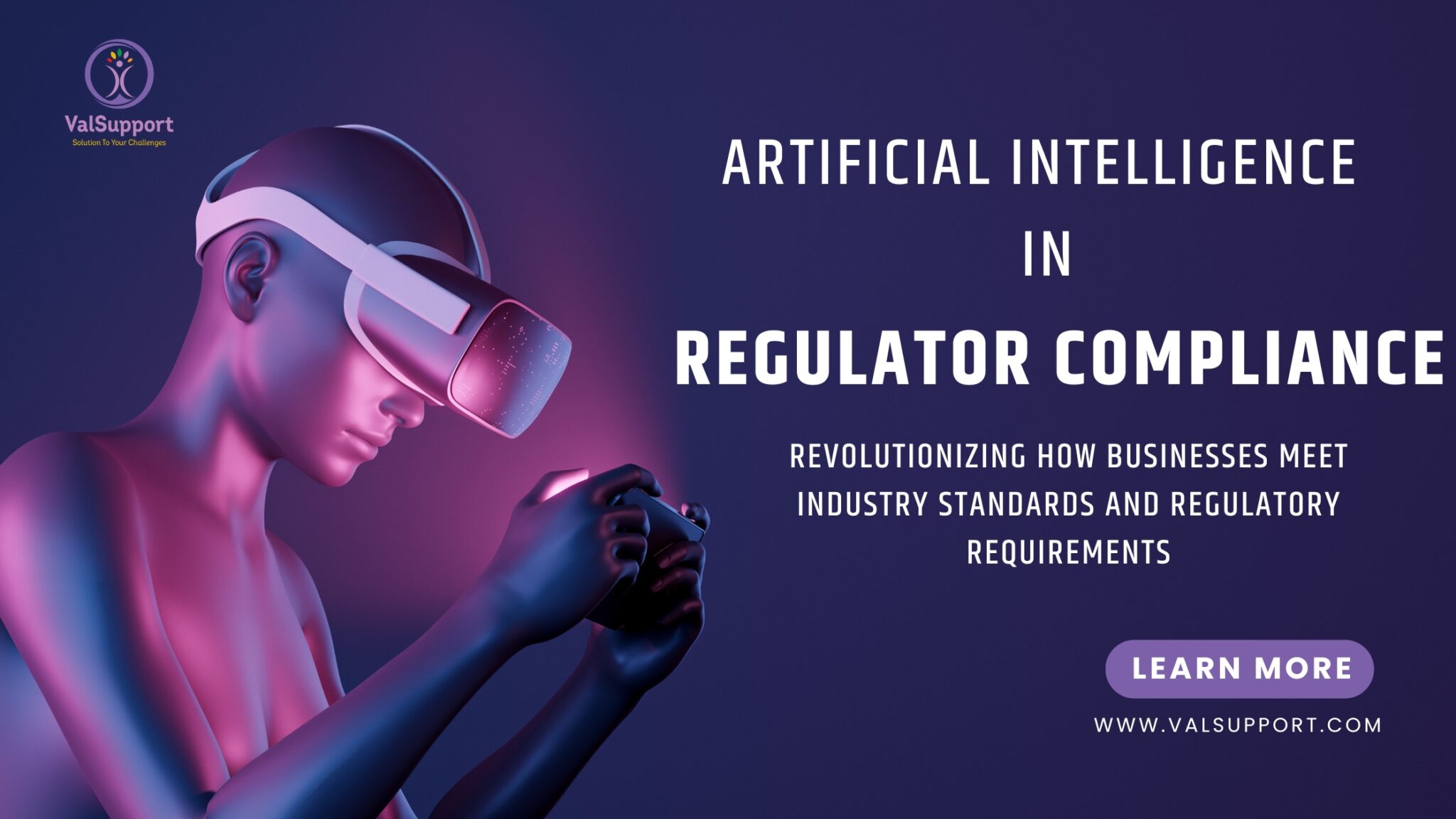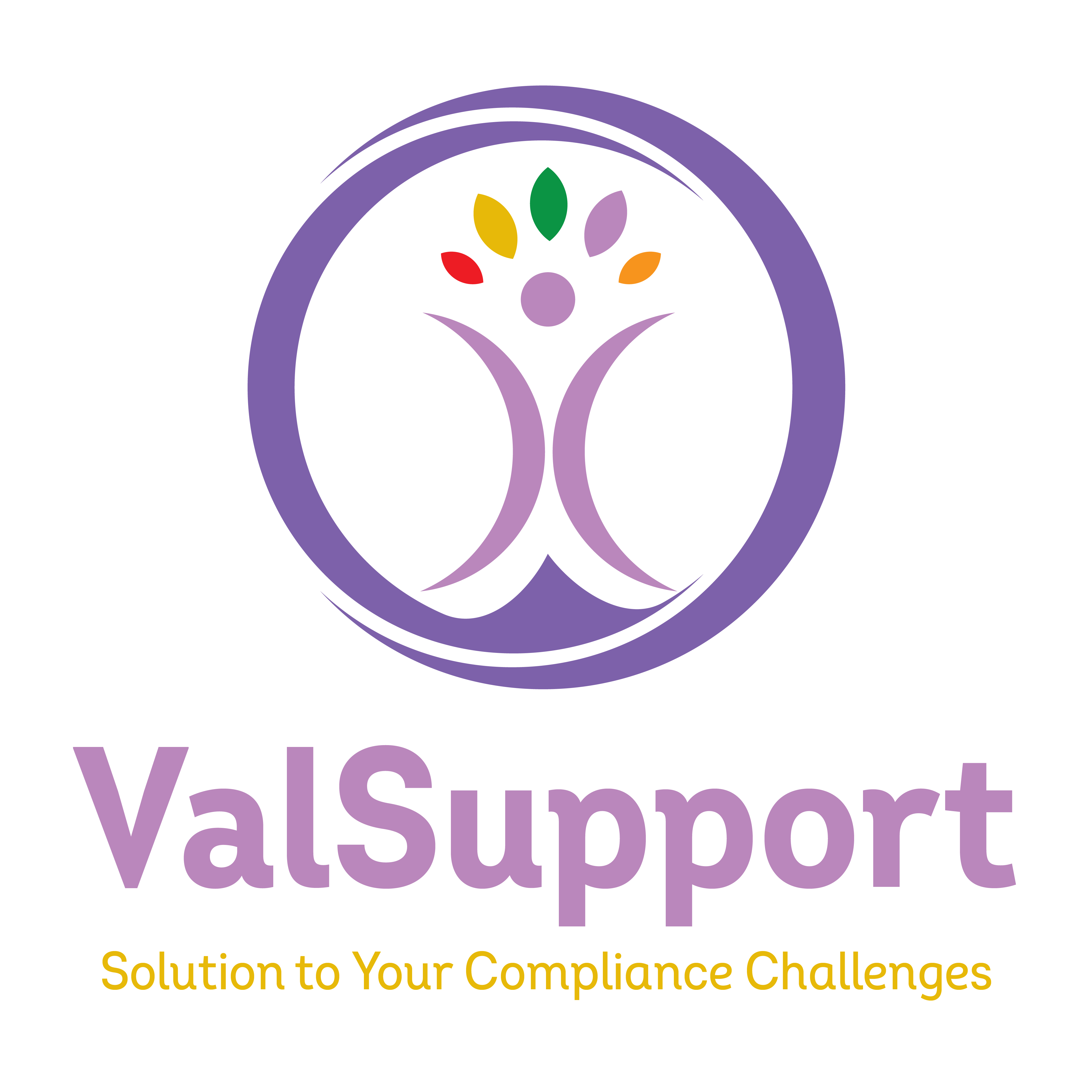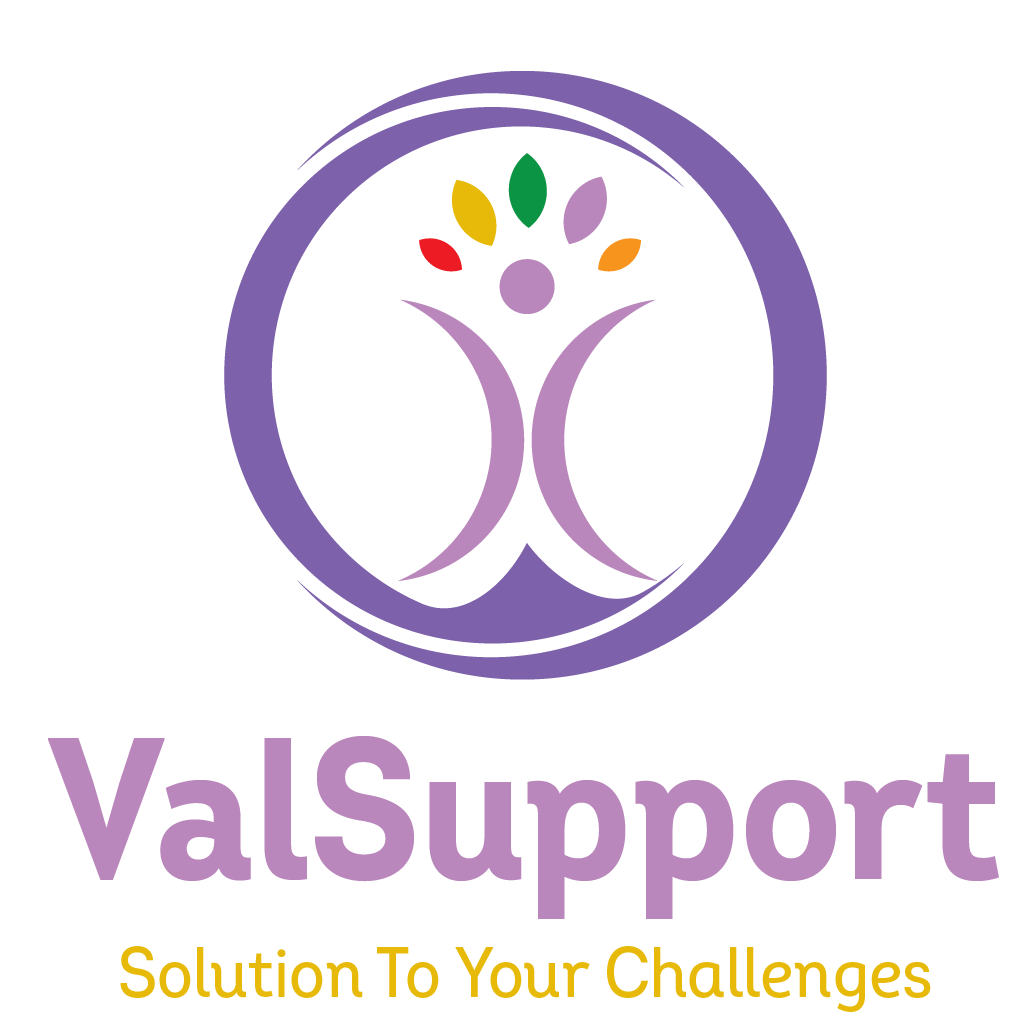Author - Priyam Dholiya | june 20, 2024
Artificial Intelligence in Regulatory Compliance
In an increasingly regulated world, ensuring compliance with industry standards and regulatory requirements is critical for businesses. The launch and development of Artificial Intelligence(AI) that began a wave with the launch of ChatGPT has brought a lot of questions of how it can be utilized into each sector. AI technologies are revolutionizing how companies approach regulatory compliance, making processes more efficient, accurate, and proactive. Below are several key areas where AI can be infused into regulatory compliance.

What should you know about Regulatory Compliance?
Regulatory compliance refers to the adherence to laws, regulations, guidelines, and specifications relevant to business operations. Organizations like the FDA (Food and Drug Administration) in the USA, the European Union (EU) regulatory bodies, and other national agencies enforce these standards to ensure safety, quality, and efficiency of a product. . Compliance involves regular audits, monitoring, and reporting to ensure that companies meet these regulatory requirements, which helps maintain public trust and legal standing. Industries significantly affected by regulatory compliance include pharmaceuticals, healthcare, finance, manufacturing, and food and beverage, among others.
What is AI, and How Does it Work?
Artificial Intelligence (AI) simulates human intelligence very closely, allowing machines to learn, reason, and self-correct using vast datasets and algorithms through machine learning methods. In regulatory compliance, AI automates monitoring, reporting, and auditing, enhancing accuracy and efficiency. As AI systems are increasingly adopted, they will use the machine learning method to continually improve by analyzing more industry data, becoming even more effective in identifying and mitigating compliance risks. This integration transforms how businesses proactively manage regulatory requirements, ensuring ongoing adherence to evolving standards.
How AI Benefits and Challenges Compliance?
Along with the ease they bring into the process, there are also a lot of complexities and nitty gritties that it might not be able to solve, just due to the fact that it does not bring the human touch involved in it. Following this article, you will learn several ways how AI can be a helpful tool but what might be the cons of implementing it.
Key Areas of AI in Regulatory Compliance
- Automated Monitoring and Reporting:
AI-driven systems can continuously scan regulatory databases, news sources, and legal publications to detect any changes or updates in regulations that may impact a business. These systems can then automatically generate alerts and reports, ensuring that compliance teams are promptly informed. For instance, a pharmaceutical company can use AI to monitor updates from the FDA and immediately adjust its compliance processes to meet new guidelines, reducing the risk of non-compliance due to delayed awareness.
- Risk Management:
AI can analyze historical data, industry trends, and external factors to identify patterns and predict potential compliance risks. Machine learning models can assess the likelihood of various compliance breaches and suggest preventive measures. However it is important to also have a certain amount of human intervention in this as Machines and AI might not be able to learn about all external factors like market sentiment, or trends which a human mind might be able to know and make decisions on.
- Data Integrity and Validation:
Ensuring data integrity is a fundamental aspect of regulatory compliance, especially in sectors like pharmaceuticals and healthcare, where accurate data is critical. AI can automate the process of cross-referencing and validating data across different systems to ensure consistency and accuracy. For instance, AI can validate clinical trial data by checking it against predefined criteria and flagging any discrepancies for human review.
- Document Management:
AI-powered document management systems can streamline the organization, retrieval, and updating of regulatory documents. These systems can classify documents, extract relevant information, and even summarize key points, making it easier for compliance teams to find and use the information they need. For example, a company can use AI to manage its library of safety data sheets, ensuring that the most current versions are always accessible.
- Audit and Inspection Preparation:
Preparing for audits and inspections can be a time-consuming process. AI can simplify this by organizing relevant data and documents, identifying potential areas of concern, and even running simulations to help companies prepare for various audit scenarios. For instance, an AI system can analyze past audit reports to identify common issues and ensure that similar problems are addressed before the next audit. Additionally, AI can generate checklists and timelines to help compliance teams stay on track with their preparation efforts.
Challenges and Limitations
Despite its many benefits, AI in regulatory compliance also presents several challenges:
- Lack of Human Judgment:
While AI can process vast amounts of data and identify patterns, it lacks the ability to understand the nuanced and context-specific aspects of regulatory requirements. Human expertise is still necessary to interpret complex regulations, make informed decisions, and apply them appropriately to specific situations. For example, a regulation might require a level of discretion and contextual understanding that AI cannot provide, necessitating human involvement to ensure accurate compliance.
- Data Privacy Concerns:
The use of AI involves processing large amounts of sensitive data, which raises concerns about data privacy and security. Businesses must implement robust data protection measures to ensure that their AI systems comply with data privacy regulations such as GDPR or HIPAA. For example, companies must ensure that personal data is anonymized and that AI systems are designed with privacy by default, reducing the risk of data breaches and unauthorized access.
- High Implementation Costs:
Developing and implementing AI systems can be costly, particularly for small and medium-sized enterprises. The initial investment in AI technology, along with ongoing maintenance and updates, can be substantial. Companies must carefully evaluate the return on investment (ROI) to determine whether the benefits of AI adoption outweigh the costs. For instance, while large corporations may have the resources to implement sophisticated AI systems, smaller companies might need to explore more affordable, incremental AI solutions.
- Regulatory Uncertainty:
The regulatory landscape for AI itself is still evolving. Businesses must navigate this uncertainty and ensure that their AI systems comply with existing and future regulations. This includes staying informed about new AI-related regulations and being prepared to adjust AI systems as needed. For example, a company using AI for compliance must be aware of emerging standards and guidelines from regulatory bodies and industry organizations to ensure that its AI systems remain compliant over time.
Conclusion
AI holds immense potential to transform regulatory compliance, making it more efficient and proactive. However, businesses must carefully consider the challenges and limitations associated with AI adoption. By combining AI technologies with human expertise, companies can effectively navigate the complexities of regulatory compliance and achieve sustainable success. As AI continues to evolve, it will be crucial for regulatory frameworks to adapt and provide clear guidelines to harness the full potential of AI in compliance.

